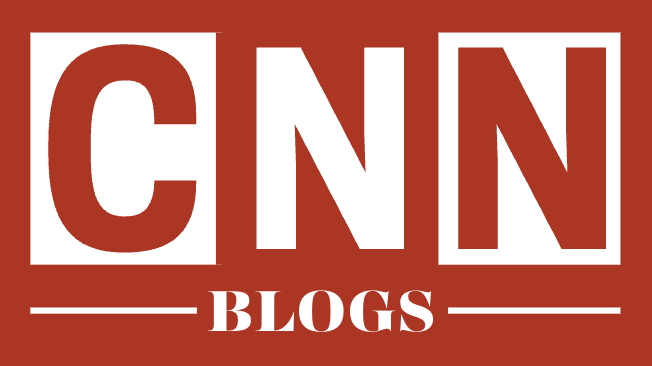As organizations increasingly rely on digital communication platforms like Slack, ensuring compliance with legal and regulatory requirements becomes crucial. One important aspect of this compliance is the ability to place a legal hold on Slack data. This guide will help you understand what a Slack legal hold is, why it’s important, and how to implement it effectively.
Understanding Slack Legal Hold
- Definition:
- A legal hold, also known as a litigation hold, is a process that an organization uses to preserve all forms of relevant information when litigation is reasonably anticipated. In the context of Slack, this means preserving messages, files, and other content to ensure it remains accessible during legal proceedings.
- Importance:
- Implementing a legal hold on Slack data is essential to ensure compliance with legal obligations, avoid sanctions, and maintain the integrity of evidence. Failure to properly preserve relevant information can result in legal penalties and damage to an organization’s reputation.
- Scope:
- A legal hold can apply to direct messages, group messages, channels, and any files shared within Slack. It’s important to understand the full scope of what needs to be preserved to ensure no relevant information is lost.
Why Legal Hold in Slack is Crucial
- Regulatory Compliance:
- Many industries, such as finance, healthcare, and legal services, have strict regulations regarding data retention and preservation. Legal holds help ensure compliance with regulations like the SEC’s Rule 17a-4, FINRA, HIPAA, and GDPR.
- Litigation Readiness:
- In the event of litigation, having a legal hold in place ensures that all relevant Slack communications are preserved and can be readily accessed. This helps in building a robust defense or prosecution by providing comprehensive evidence.
- Data Integrity:
- Legal holds prevent the alteration or deletion of crucial data, maintaining its integrity for legal scrutiny. This is vital in ensuring that evidence remains untainted and reliable.
Steps to Implement Slack Legal Hold
- Identify Relevant Data:
- Determine what Slack data needs to be preserved. This includes identifying relevant users, channels, and types of communications that might be pertinent to the legal matter at hand.
- Use Slack’s Built-In Tools:
- Slack offers various compliance tools, such as Slack Enterprise Grid, which includes features for data retention and eDiscovery. These tools help automate the legal hold process by allowing you to set retention policies and preserve data systematically.
- Integrate Third-Party Solutions:
- There are several third-party solutions that integrate with Slack to enhance legal hold capabilities. Tools like Global Relay, Smarsh, and Pagefreezer provide advanced features for archiving, eDiscovery, and legal hold management.
- Communicate with Stakeholders:
- Ensure that all relevant stakeholders, including IT, legal, and compliance teams, are aware of the legal hold and their roles in the process. Clear communication helps in effective implementation and adherence to the hold.
- Monitor and Maintain:
- Regularly review and update your legal hold policies to ensure they remain effective and compliant with any changes in regulations or legal requirements. Monitoring helps in identifying any gaps or issues that need addressing.
Best Practices for Managing Slack Legal Hold
- Develop a Clear Policy:
- Create a detailed legal hold policy that outlines the procedures for identifying, preserving, and managing relevant data. This policy should be communicated to all employees to ensure understanding and compliance.
- Train Employees:
- Provide training to employees on the importance of legal holds and how they should handle Slack communications under a hold. Awareness and education help in preventing accidental deletions or modifications of relevant data.
- Automate Where Possible:
- Utilize automation tools to streamline the legal hold process. Automation reduces the risk of human error and ensures consistent application of legal hold policies across the organization.
- Maintain Documentation:
- Keep detailed records of all actions taken to implement and maintain the legal hold. Documentation provides an audit trail that can be critical in demonstrating compliance during legal proceedings.
- Review Regularly:
- Periodically review your legal hold processes and policies to ensure they remain effective and up-to-date with any changes in legal requirements or organizational needs. Regular reviews help in maintaining the robustness of your legal hold strategy.
Conclusion
Implementing a legal hold in Slack is essential for regulatory compliance, litigation readiness, and data integrity. By understanding the importance of legal holds and following best practices, organizations can effectively preserve relevant Slack data and ensure it remains accessible and reliable during legal proceedings. Whether you are a legal professional, IT administrator, or compliance officer, this guide provides the knowledge and tools you need to navigate Slack legal holds successfully.
Explore the tools and techniques mentioned, and establish a robust legal hold strategy to safeguard your organization’s digital communications. With proper planning and execution, you can ensure that your Slack data is preserved and protected, providing peace of mind and legal security.



